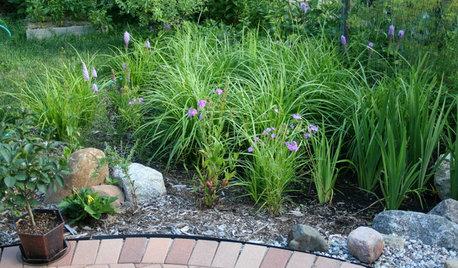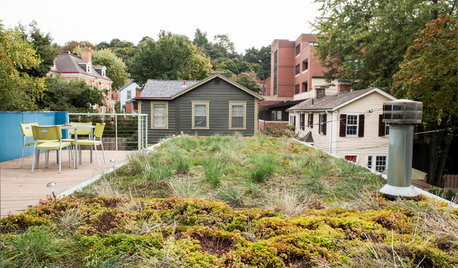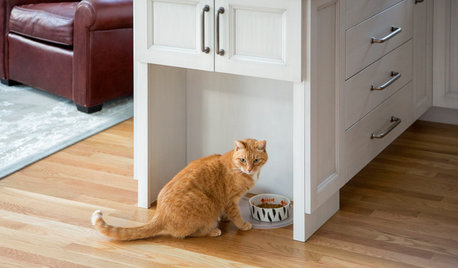Looking for help Sizing Water Softener system
DIYinMI
10 years ago
Related Stories

HEALTHY HOMEHow to Choose a Home Water Filtering System
Learn which water purification method is best for your house, from pitchers to whole-house setups
Full Story
GARDENING GUIDESGreat Design Plant: Northern Maidenhair Fern Softens Shade Gardens
Stir up some romance in dark corners with the billowy fronds of native Adiantum pedatum
Full Story
GARDENING GUIDESGreat Design Plant: Palo Blanco Softens Sharp Desert Angles
Willowy foliage and creamy white bark give this tree a delicate beauty, but its constitution is tough
Full Story
GARDENING GUIDES8 Unthirsty Plants Help You Save Water in Style
Spend less effort and money on your landscape with drought-tolerant and native plants that liven up your yard
Full Story
GARDENING GUIDESHow to Install a Drip Irrigation System
Save time and water with a drip watering system in your vegetable garden — a little patience now will pay off later
Full Story
LANDSCAPE DESIGNHow to Site and Size a Rain Garden for Your Landscape
Installing a rain garden is an excellent way to reduce runoff and return water to its source
Full Story
ORGANIZING4 Questions to Help You Organize Your Favorite Photos
Organize your keeper photos with a system that's just right for you, whether it's in the cloud or you can hold it in your hand
Full Story
GREEN BUILDING4 Ways Green Roofs Help Manage Stormwater
See how a living roof of any size can have a big impact
Full Story
KITCHEN DESIGNRelocated Colonial Kitchen More Than Doubles in Size
Putting the kitchen in a central location allows for a big boost in square footage and helps better connect it with other living spaces
Full Story
Storage Help for Small Bedrooms: Beautiful Built-ins
Squeezed for space? Consider built-in cabinets, shelves and niches that hold all you need and look great too
Full Story








User
DIYinMIOriginal Author
Related Professionals
Channahon Handyman · Fullerton Kitchen & Bathroom Remodelers · Allouez Kitchen & Bathroom Remodelers · Bloomingdale Kitchen & Bathroom Remodelers · Elk Grove Village Kitchen & Bathroom Remodelers · Galena Park Kitchen & Bathroom Remodelers · Gilbert Kitchen & Bathroom Remodelers · Luling Kitchen & Bathroom Remodelers · New Port Richey East Kitchen & Bathroom Remodelers · Oceanside Kitchen & Bathroom Remodelers · Port Orange Kitchen & Bathroom Remodelers · Turlock Kitchen & Bathroom Remodelers · Walnut Creek Kitchen & Bathroom Remodelers · Glenn Heights Kitchen & Bathroom Remodelers · Ojus Kitchen & Bath FixturesUser
DIYinMIOriginal Author
DIYinMIOriginal Author
User
User
DIYinMIOriginal Author
jcalhoun
DIYinMIOriginal Author
DIYinMIOriginal Author
User
DIYinMIOriginal Author
User
DIYinMIOriginal Author
User
User
User
DIYinMIOriginal Author
User
DIYinMIOriginal Author
User